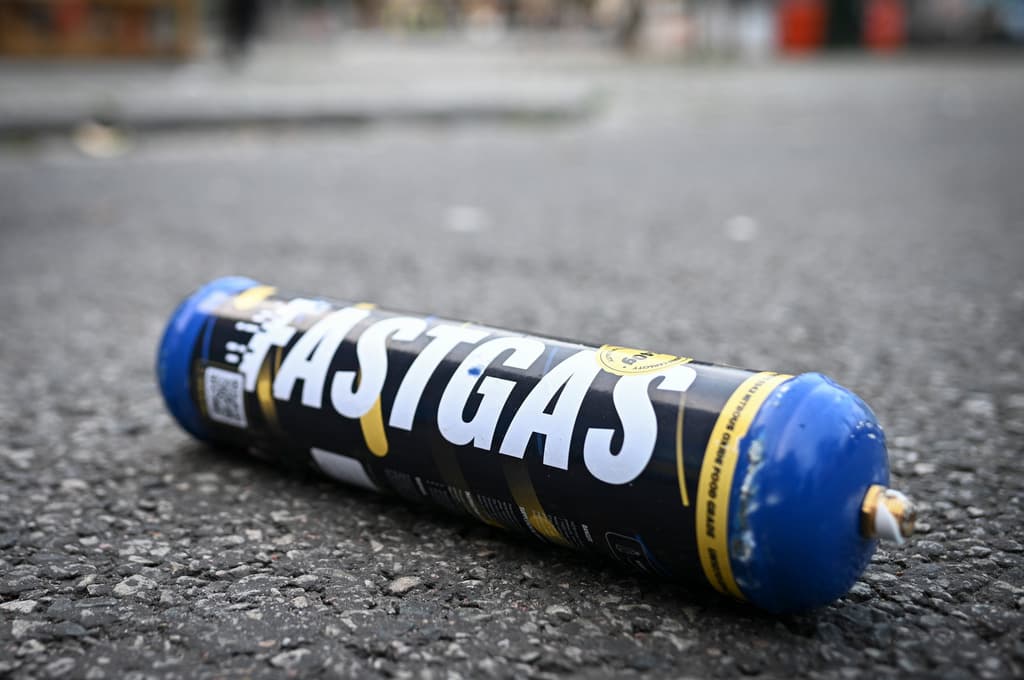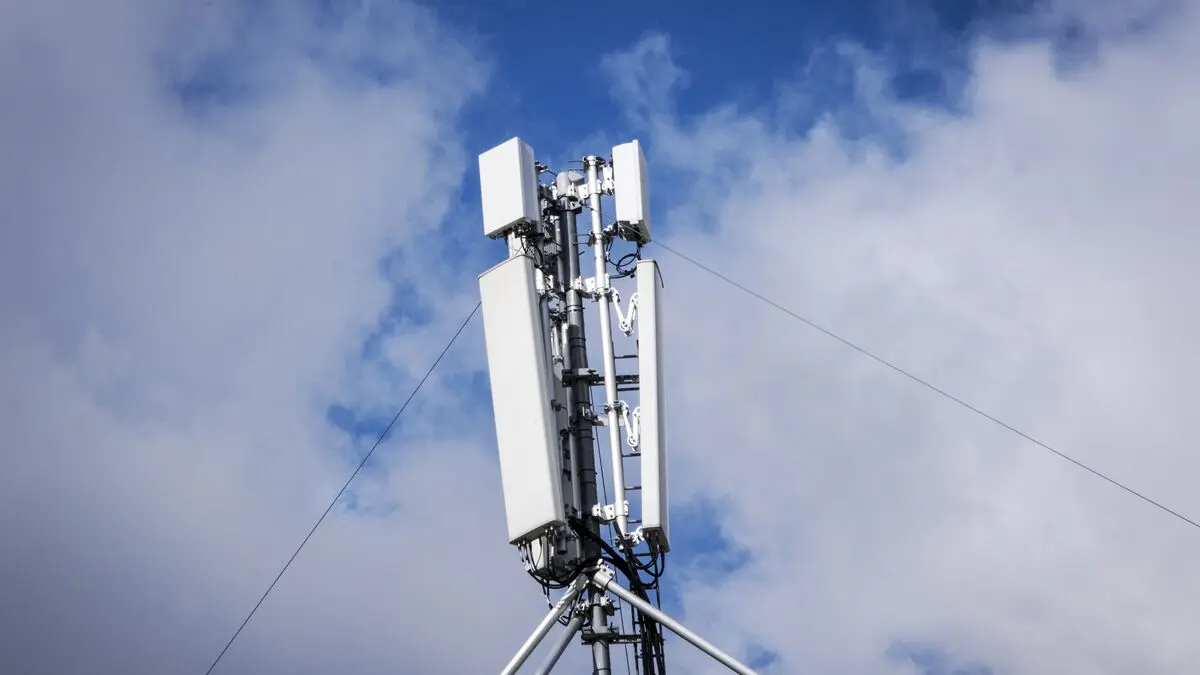Cold injuries have become a increasingly common consequence of laughing gas use.
Now the healthcare system is sounding the alarm.
It's often quite large areas and deep injuries, says Yihang Liu at Karolinska Hospital.
Besides in Stockholm, the increase in cold injuries has also been seen in Örebro, which P4 Örebro previously reported on.
The most common injury is in the groin area between the inner thighs, according to Yihang Liu, resident physician in plastic surgery at Karolinska Hospital.
We believe it's because laughing gas users use large tubes that they have between their legs. When they use them, the container becomes extremely cold, causing severe frostbite, he says.
The severity of the injury depends on how long one is exposed to the cold.
Laughing gas has a pain-relieving effect, often patients have combined it with alcohol or other types of drugs and then they are quite numb. They don't notice that the injuries become so severe, says Liu.
It can take weeks to assess the depth of the injury and whether surgery is required. Often, the dead skin tissue is then cut away and replaced with the patient's own skin from the outer thigh.
From an aesthetic perspective, unfortunately, it results in large scars.
Cold injuries can also occur in and around the mouth, on the hands, and in the neck.
Laughing gas alarms are increasing
Why cold injuries have increased is not clear, but the alarms about laughing gas have become more frequent. In June, the Poison Information Centre had received 427 calls about laughing gas so far this year. That's almost double the number of calls during the same period last year, when 234 calls were received.
We see no decline. We are really worried about it and are watching it with great concern, says Jenny Bång Arhammar, chief physician and acting head of operations at the Poison Information Centre.
The most common calls concern various nerve damage or psychological problems.
People have difficulty walking and standing, can wet themselves, or get psychosis, depression, or dementia. It has overshadowed the cold injuries that may not be detected in the same way, says Bång Arhammar.
Young users
Laughing gas is primarily a common intoxicant among young people. Over 80 percent of the calls from the healthcare system to the Poison Information Centre concern people between 15 and 29 years old, with an equal number of women and men.
Currently, the market for laughing gas is unregulated. Earlier this year, a government inquiry proposed a total ban on selling laughing gas as an intoxicant. Furthermore, it was proposed that private individuals over 18 years old be allowed to buy a maximum of two cartridges at a time for, for example, cooking.





